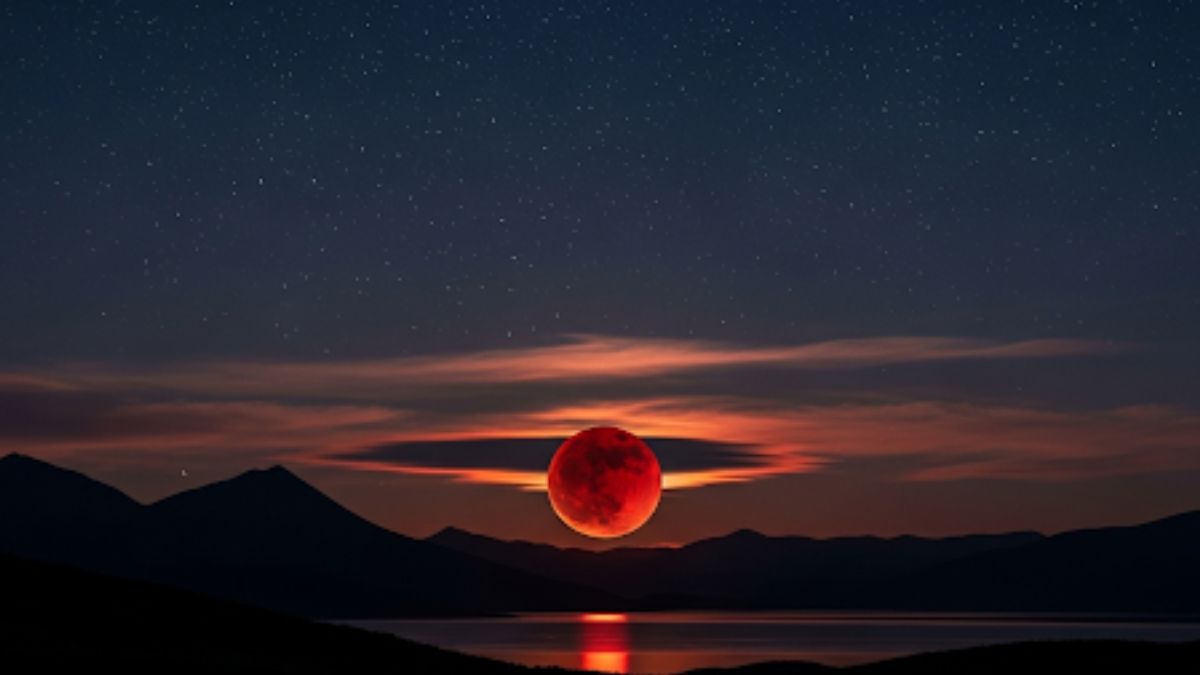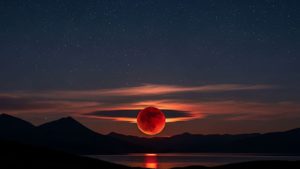
Author: Khushi Verma
A spectacular sight unfolded in the skies last night as a rare Blood Moon eclipse graced much of the Eastern Hemisphere, leaving stargazers spellbound. The celestial show was visible across large parts of Asia, Australia, and Africa, where the Moon slowly transformed into a glowing deep red orb.
The dramatic display occurred as Earth moved directly between the Sun and the Moon, casting its shadow and filtering light through the atmosphere. For over three hours in some regions, onlookers watched the Moon shift from its usual silver glow to a rich, crimson shade.
In cities and towns, people gathered on rooftops, beaches, and open spaces to watch the rare spectacle. Amateur astronomers set up telescopes, while countless families captured the moment on cameras and phones, flooding social media with striking images of the fiery Moon.

Scientists explained that the “Blood Moon” effect is caused by Earth’s atmosphere scattering sunlight—filtering out blue wavelengths and allowing the longer red hues to bend toward the Moon. This natural prism effect gives the lunar surface its eerie, reddish glow.
Astrologers connected the event to cultural and spiritual beliefs, but researchers highlighted its scientific significance. Observatories noted that such eclipses help in studying Earth’s atmosphere, with findings that could even contribute to the understanding of distant exoplanets.
For most viewers, however, the night was less about science and more about wonder. Many described the eclipse as “magical,” a reminder of the vast beauty of the universe and humanity’s tiny place within it.
This marks the last major total lunar eclipse of 2025, making it a truly unforgettable night for those fortunate enough to witness the Blood Moon in all its glory.




